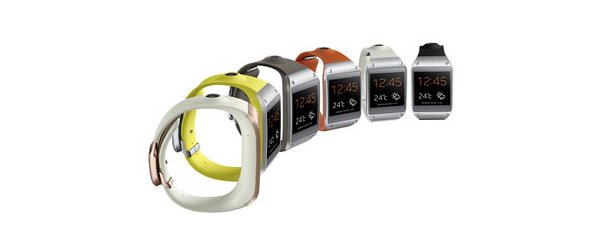
Awareness of wearable tech products is relatively high, ranging from 50% to 18%, particularly amongst men and the under 45s. With the release of new products including Google Glass, Sony Smartwatch, Samsung Galaxy Gear, Nike Fuelband, Pebble and Fitbit the market seems ready for a game-changing device.
But recent research carried out by GfK reveals that only 6% of the general population, own an item of wearable tech. The figure is slightly higher for 16-24 year olds at 7%. So is this market ever going to take off?
Six in ten 16-24 year olds find the idea of a ‘connected’ Smartwatch appealing. The freedom of wearing a connected device, rather than carrying a smartphone that could be lost or damaged is particularly attractive. Four out of ten surveyed find the concept of Google Glasses appealing, and twice as many 16-24 year olds favour the device compared to those aged 45+.
GfK’s research also revealed that consumers are most excited about the idea of having a standalone connected Smartwatch that allows them to answer and make phone calls and receive message notifications without having to also carry their mobile. This is a capability that most of the first generation watch products currently on the market don’t offer.
At the moment price is a major barrier for mass take-up of wearable tech, particularly for 16-24 year olds. In GfK’s research once respondents saw the cost of a connected Smartwatch (£150-£200), purchase intention fell from 24% to 12%, and it dropped for connected glasses (currently priced at £400-£600) from 16% to 7%. Purchase intention dropped the most for 16-24 year olds, by almost two thirds for the connected Smartwatch (from 32% to 10%).
Challenges with the current positioning – from product, price and the promotion – suggests that manufacturers need to work harder to communicate the capabilities and appeal of the wearable tech devices that are available now, as well as in the future.
Johanna Martin of GfK said "To get the market moving manufacturers need to communicate tangible lifestyle benefits and offer a sleek design – but even then, any wearable tech device will only succeed if it’s priced right. Our research suggests that the current price points are a barrier, restricting wearable tech to an older, more affluent audience. So while consumer awareness and interest is definitely there, we are still waiting for the launch of that ‘must-have’ wearable tech device for Christmas 2013."






